
Allard Car Covers are essential when it comes to preserving the beauty and value of these rare British classics. Every vehicle, no matter its age or type, is vulnerable to the harsh effects of the environment. Sunlight can fade paint, rain can lead to rust, snow can weaken metal, and dust or tree sap can leave lasting stains and scratches. For an Allard, a hand-built masterpiece known for its racing heritage and craftsmanship, the stakes are even higher. These cars are not just transportation; they are collectible icons that require extra protection to remain in pristine condition. Investing in the right cover ensures your Allard is safeguarded from everyday threats, keeping it showroom-ready for years to come.
From War Era Roots to Racing Legend: A Short History of Allard
Sydney Allard was the driving force behind the Allard Motor Company. He built custom specials before World War II and formally incorporated the company on February 14, 1945. Production of Allard cars began soon after the war, with the firm operating out of south London and producing low volume, hand built cars through the 1940s and 1950s.
After the war, Allard became known for blending British coachwork with big American V8 engines to achieve strong performance. Early Allards were often fitted with Ford or Cadillac V8s, a choice that gave lightweight chassis remarkable straight line speed and helped Allard compete on both road and track.
Competition and racing were central to Allard’s identity. The company built sports and competition cars aimed at events from hill climbs to endurance racing, and models such as the J2 and J2X earned a reputation for being competitive and innovative in privateer hands. That racing pedigree is a major reason Allards remain prized by collectors today.
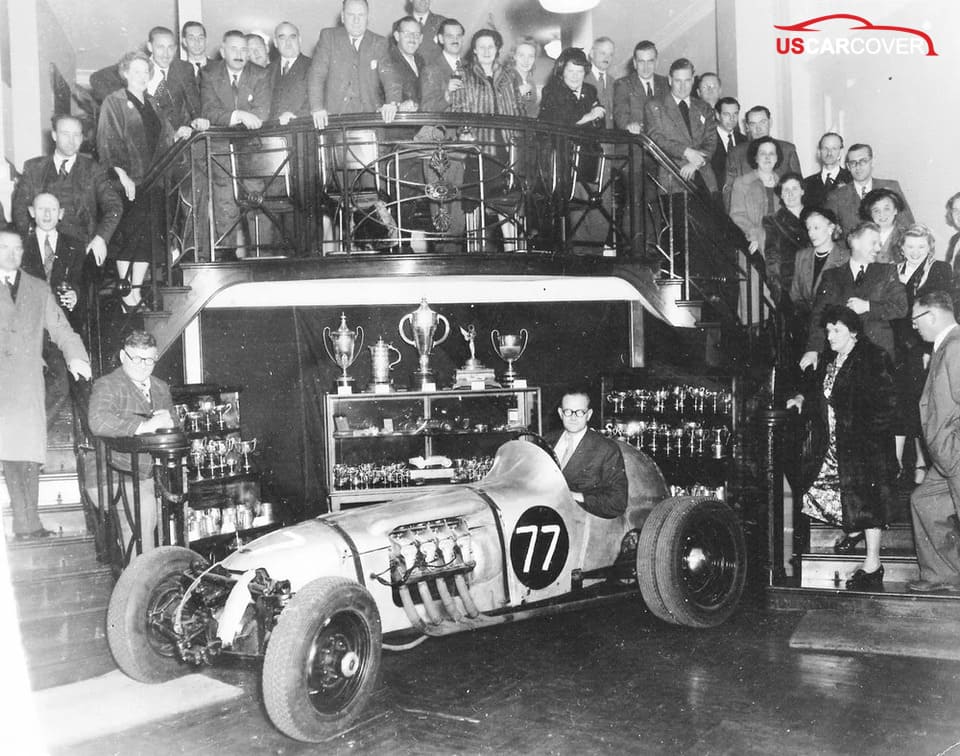
Signature Allard Machines Worth Protecting
Allard made a variety of models, each with its own appeal. The J series, notably the J2 and the extended J2X, are the most famous competition two seaters. Touring and roadgoing models included the K series and the L, M, and P types. There were also low volume special bodies such as the Palm Beach and later coachbuilt variants. Production overall was small and largely hand assembled, which adds to the cars’ rarity and collectible status.
Some concrete production figures underline the rarity. Allard built roughly 1,900 cars in total during its main production run, and specific models were made in very limited numbers, for example the J2X had only about 83 units produced. Those low production runs make well preserved examples especially valuable.
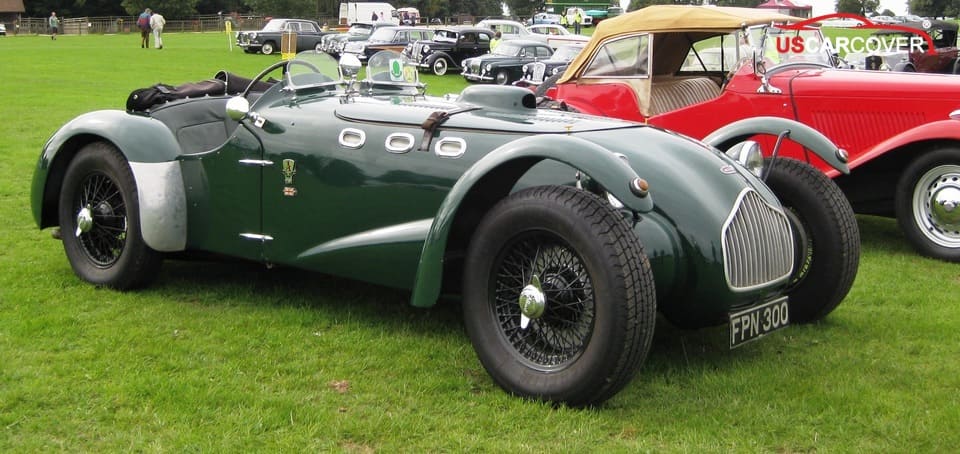
What Are Allard Cars Worth Today? Pricing Benchmarks and Extremes
Allard values vary widely depending on model, originality, and condition. Market aggregators show that the average sale price for an Allard sits in the mid five figure to low six figure range, reflecting the brand’s niche but strong collector interest.
Auction results illustrate the span. For example, a 1950 Allard J2 sold for $257,600 at RM Sotheby’s Amelia Island auction in March 2023, showing how well preserved competition models can command significant sums. At the other end of the spectrum, project or common examples may trade for much lower amounts, depending on condition and completeness.
That price variability means preservation matters. Small cosmetic or mechanical problems can move a car from the desirable category into costly restoration territory. Because values can swing based on condition and provenance, using preventive protection makes strong financial sense for Allard owners
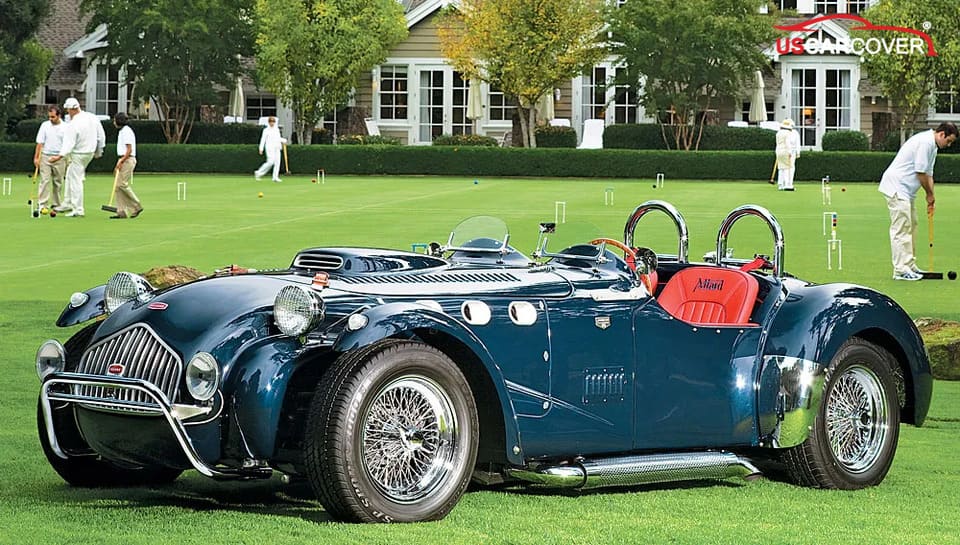
Related Articles: Alfa Romeo Car Covers: Keep Your Italian Performance Car Showroom-Fresh
Why Preservation Matters for Hand-Built British Exotics
Hand-built British classics like Allard are fragile in ways mass-produced cars are not. Small batches, original factory finishes, and handcrafted interior details make each car unique and irreplaceable. Environmental stressors accelerate wear and can quickly erode that uniqueness.
Sun and UV rays fade paint and dry out leather. Moisture from rain or high humidity promotes rust in hidden seams and beneath trim. Large swings in temperature cause shrinkage and expansion of materials, which can crack varnished wood, loosen adhesives, and stress seals. Airborne pollutants, acid rain, tree sap, and bird droppings etch finishes if left untreated.
Original paint, leather, chrome, wood trim, and electrical components are especially at risk. Once original surfaces are damaged, true originality and provenance are compromised. That damage lowers show scoring and collector interest, and it reduces resale value. For rare cars where provenance is a major part of value, prevention is far cheaper and less risky than restoration.
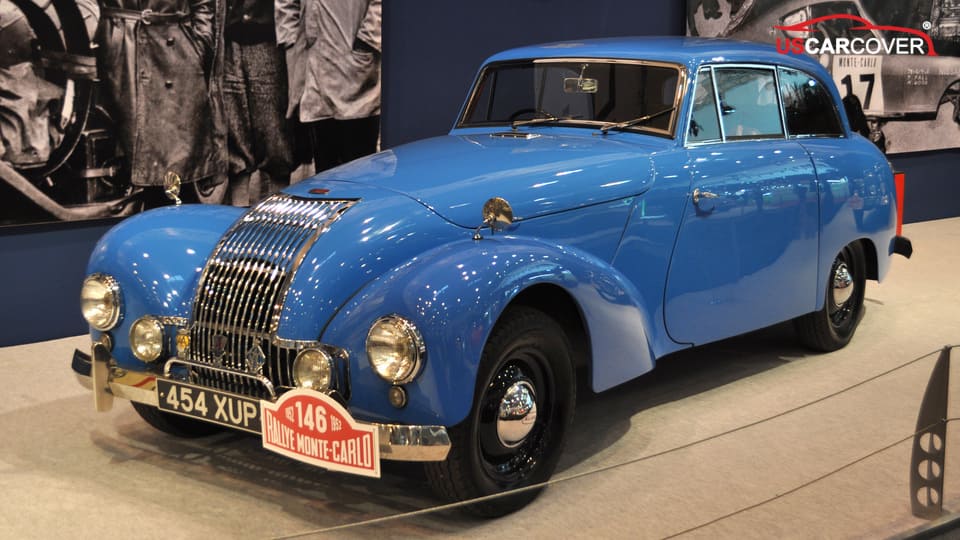
Related Articles: Best Acura Car Covers for Sun, Rain, and Snow: A Quick Buyer’s Guide
A Practical Protection Plan for Allard Owners
Protecting an Allard means combining simple habits with a few targeted investments. Follow these core steps to keep your car in top condition.
Climate-controlled storage and humidity control
Whenever possible store the car in a climate-controlled space. Stable temperature and humidity slow down corrosion, prevent leather drying, and reduce the chance of mold. If a climate-controlled garage is not available, use a dehumidifier or silica packs and keep the car off the ground when feasible.
Gentle washing, proper drying, and periodic waxing
Wash the car with pH neutral soap to remove contaminants like salt, bird droppings, and tree sap. Rinse thoroughly and dry with soft microfiber towels. Apply a quality wax or paint sealant periodically to add a sacrificial layer that guards against UV and pollutants.
Battery tenders, fluid cycles, and rust prevention routines
Use a smart battery tender during long storage to keep the electrical system healthy. Change oil and brake fluid on recommended schedules and circulate the engine occasionally to prevent seals from drying. Rinse the undercarriage after winter or salt exposure and apply light rust inhibitors to vulnerable areas.
Other practical habits
Rotate tires if the car is stored long term, keep fuel stabilized, and inspect weather seals periodically. Keep a simple maintenance log to track what was done and when. Small, frequent checks prevent small problems from becoming expensive restorations.

Related Articles: Abarth Car Covers – Best Covers to Protect Your Abarth in Any Weather
Your First Line of Defense: Custom-Fit Car Covers for Allard
A well chosen car cover is often the fastest and most cost-effective defense for a rare Allard. Because these cars have unusual proportions and coachbuilt bodies, a tailored cover will protect better than a generic one.
Benefits of a tailored fit for unusual dimensions and bodywork
A custom-fit cover follows the car’s contours, reduces wind flapping, and stays put in breezy conditions. It protects delicate trim, mirror stalks, and unique body lines without rubbing or bunching. For cars with low ground clearance or exposed elements, a cover made for that shape prevents stress on panels and paint.
Fabric characteristics to look for
Choose a multi-layer fabric that is breathable yet water resistant. Breathability prevents trapped moisture and mold while water resistance keeps rain out. UV blocking is essential to slow paint and interior fading. Look for a soft inner lining, such as fleece, to eliminate micro-scratching. Secure features like elastic hems, tie-down straps, and mirror pockets improve fit and stability.
When to choose indoor versus outdoor covers
Use a lightweight, breathable indoor cover when the car is stored inside to stop dust while allowing moisture to escape. For outdoors, pick a heavier cover with reliable water resistance and strong UV protection. If you park outside in areas with heavy winds, choose a cover with straps or buckles to secure it. For long-term indoor storage, a breathable cotton blend or soft tailored cover over a freshly waxed car is ideal.
A custom-fit cover designed for an Allard not only protects surfaces but also preserves originality and provenance. For rare British classics, that protection translates directly into preserved show potential and maintained value.
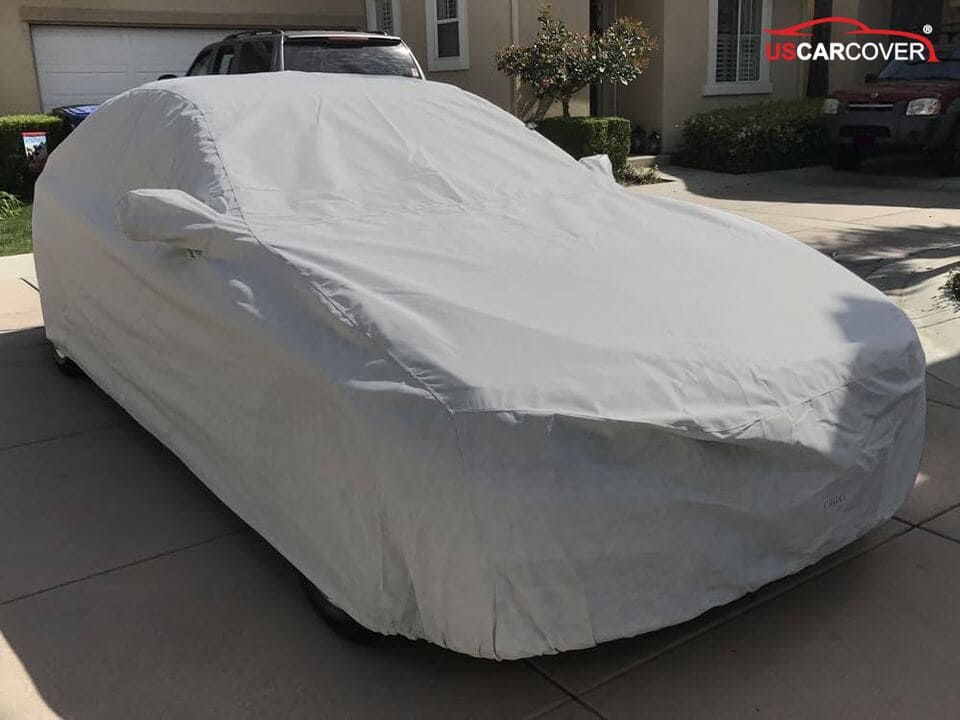
How to Fit, Use, and Care for an Allard Car Cover
Allard car covers offer excellent protection, but only when you fit and care for them correctly. Follow these practical steps to keep your rare British classic safe and preserved.
Pre-cover prep checklist
Wash the car with pH neutral soap and rinse thoroughly.
Dry the surface completely with soft microfiber towels to avoid trapped moisture.
Inspect for sharp edges, loose trim, or exposed hardware that could rub the paint.
Fold in or protect mirrors and antennas, or choose a cover with mirror pockets.
Make sure windows and doors are closed and locked.
Allow the engine bay and exhaust to cool before covering.
Apply a light coat of wax or paint sealant if you plan long term storage; this adds an extra protective barrier.
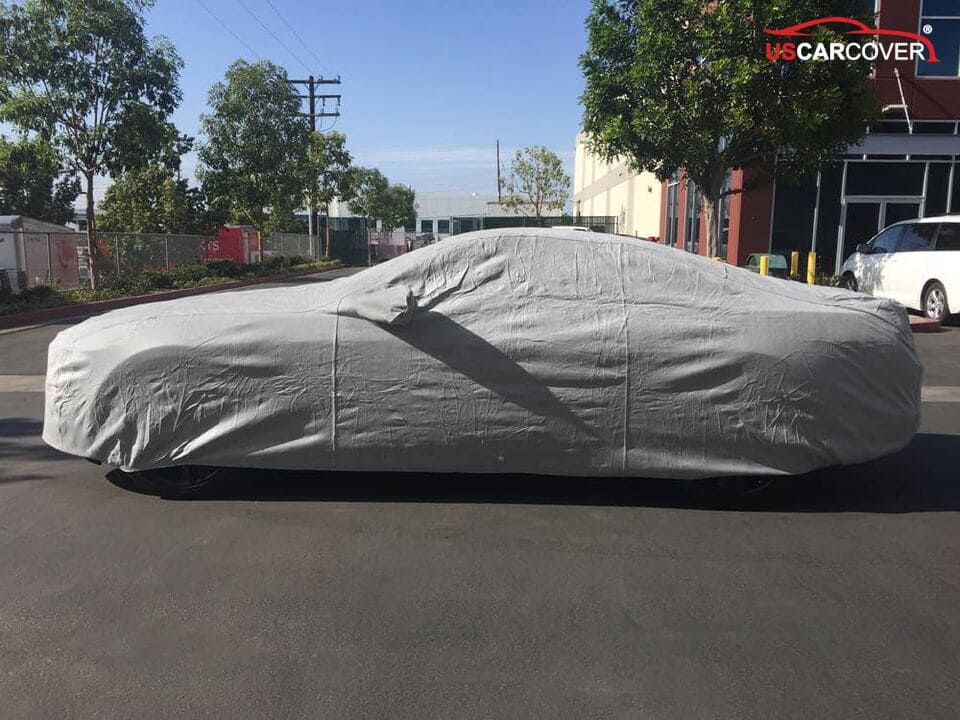
Related Articles: Best Acura Car Covers for Sun, Rain, and Snow: A Quick Buyer’s Guide
Correct install steps with straps and elastic hems
Unfold the cover and identify the front and rear. Place the front end over the nose first, then pull the cover back over the roof and rear.
Use mirror pockets if included so the cover follows the car’s contours without placing pressure on mirrors.
Fit elastic hems around the lower edges so the cover seats evenly.
Secure any straps under the car and tighten until the cover is snug but not overly tight. Over tightening can stress trim and create rubbing points.
If parking outdoors, use additional tie-down straps or buckles and consider a cable lock to keep the cover secure in wind.
Ventilation and periodic checks
Ventilated covers or covers with built-in vents help reduce condensation. Make sure vents remain clear.
Lift the cover and inspect the car at least once every two to four weeks, more often in humid or wet climates.
Check for trapped moisture, pest activity, or foreign debris. If moisture is present, remove the cover and let the car and cover dry fully before refitting.
For long-term outdoor parking, remove the cover periodically to air out the vehicle and check seals and finishes.
How to clean and store the cover
Follow the manufacturer’s care instructions. Most covers can be hand washed or machine washed on a gentle cycle with mild detergent.
Do not use bleach, fabric softeners, or strong detergents. Do not tumble dry. Air dry completely before storage.
For heavy dirt, hose the cover first and scrub gently with a soft brush, then rinse and dry.
Fold the dry cover loosely and store it in a breathable bag in a cool, dry place. Avoid long term compression in a sealed plastic bag. Add a small desiccant packet to keep humidity down.
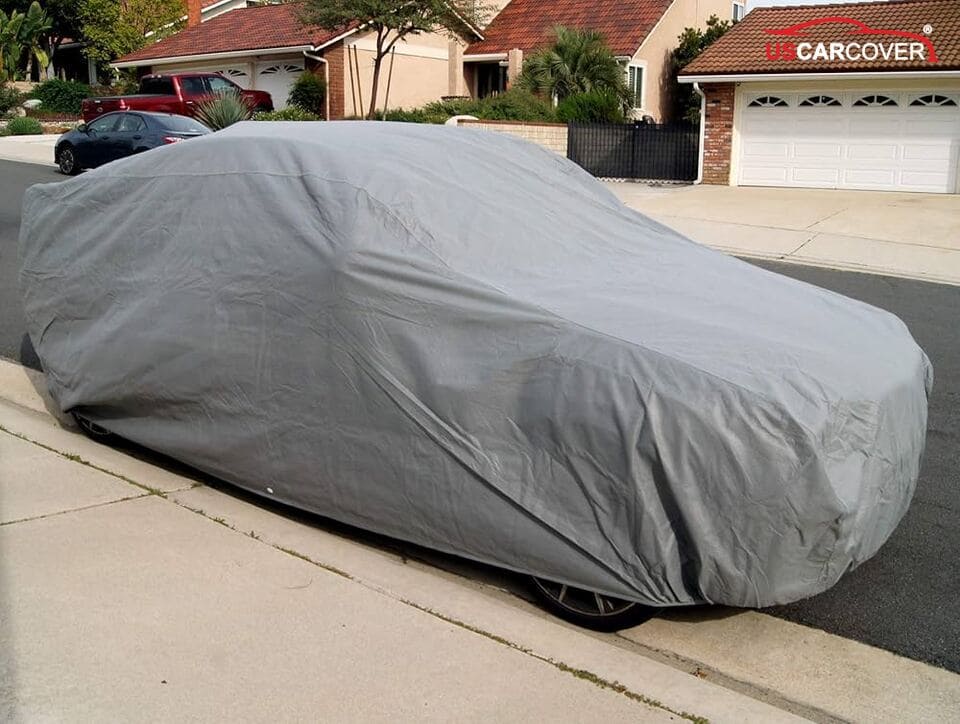
Conclusion
Owning an Allard is both a privilege and a responsibility. Proactive protection preserves original finishes, interior materials, and mechanical integrity, which directly supports provenance, show potential, and long term resale value.
A custom-fit, high quality cover is one of the easiest and most cost effective steps you can take to preserve your Allard. To explore tailored, weather-resistant options for your classic, visit uscarcover.com and find custom-fit covers designed to protect rare British classics. Protect your investment and keep your Allard showroom ready.
